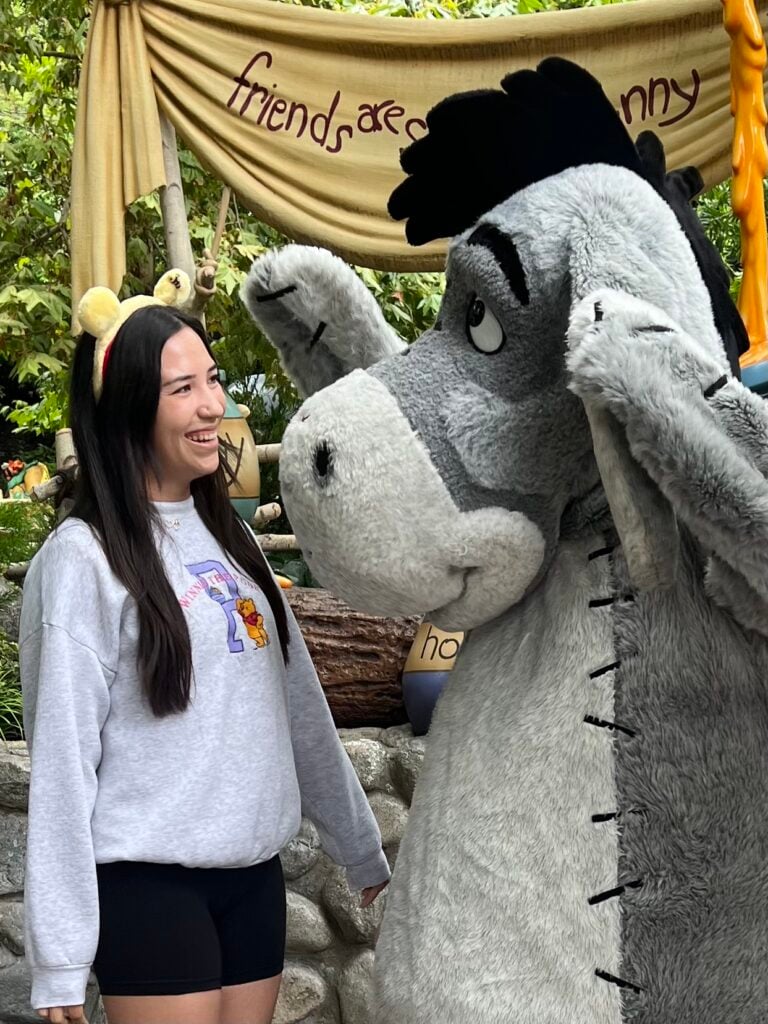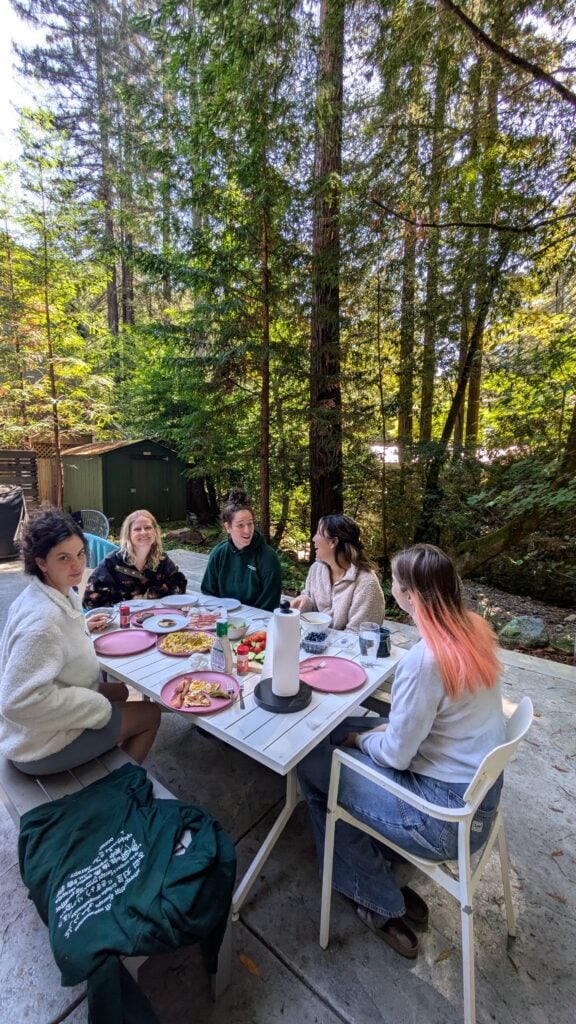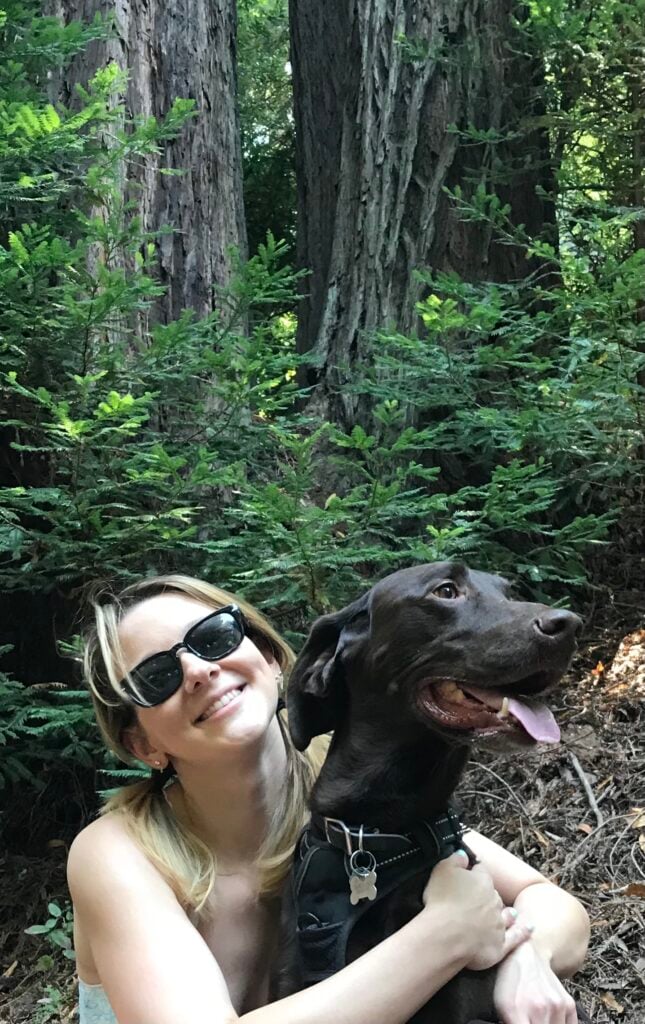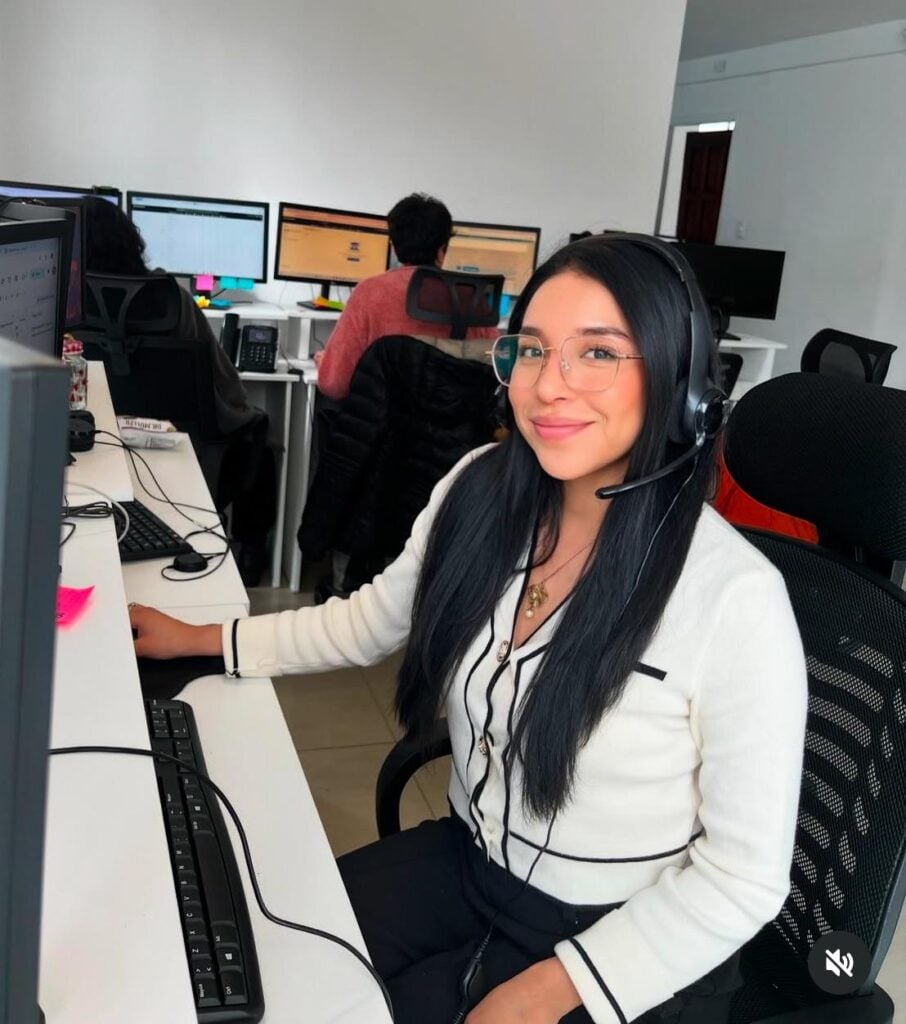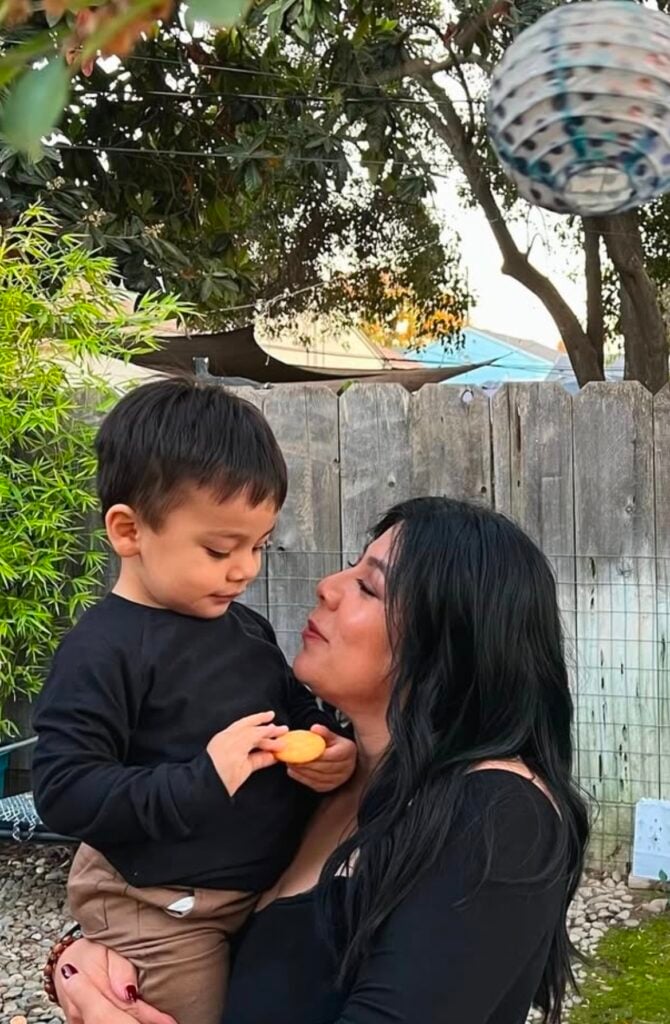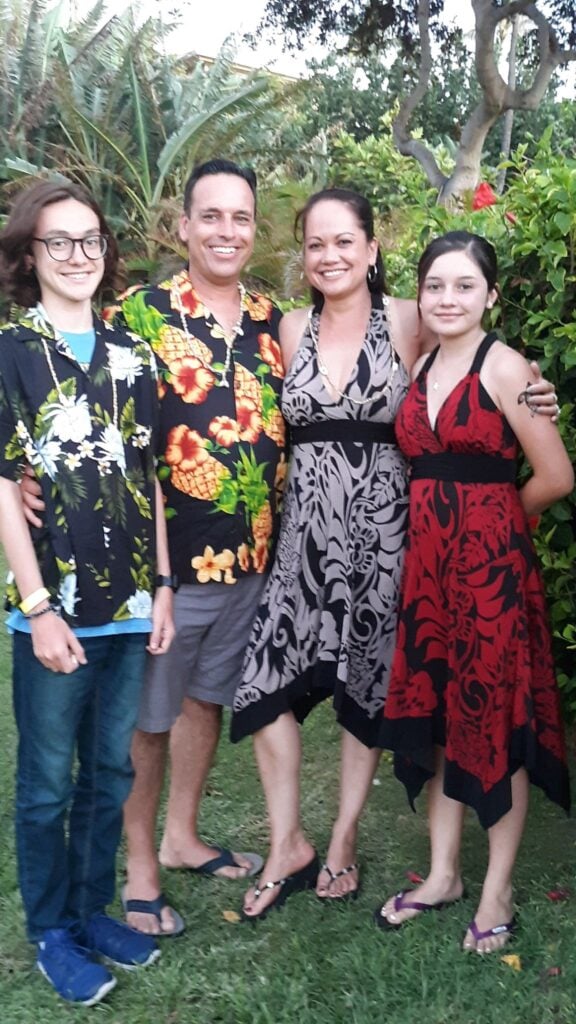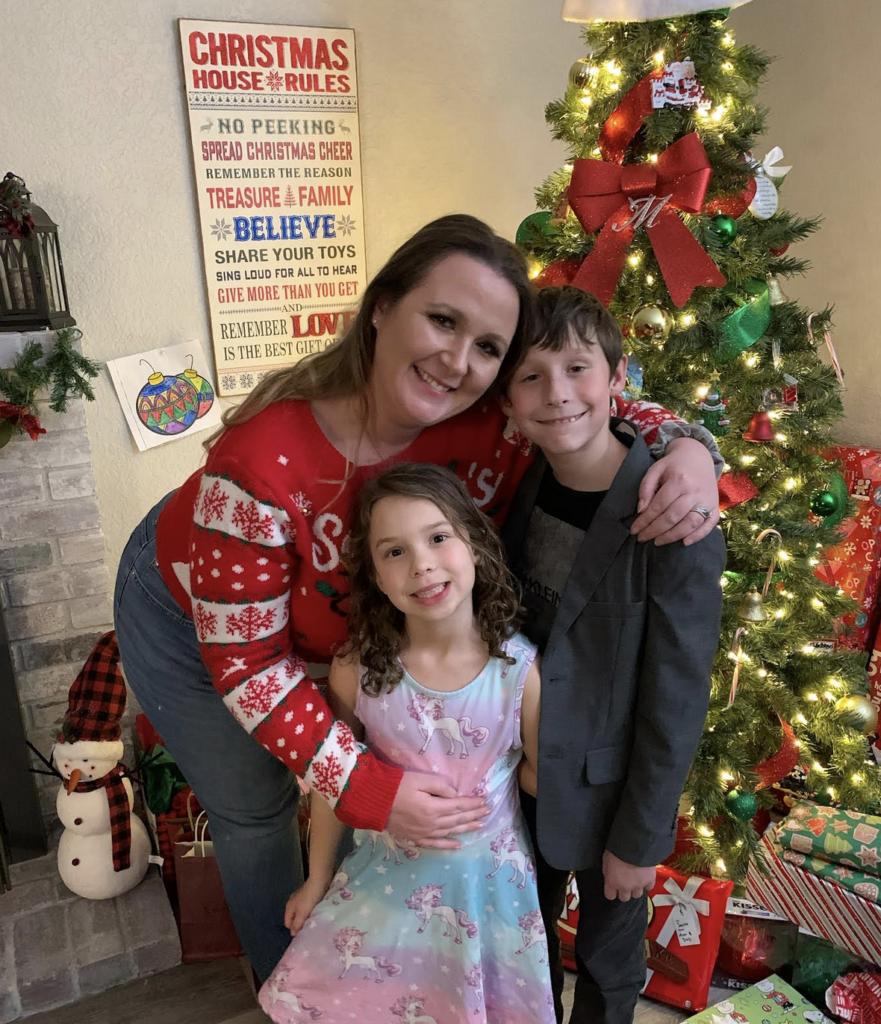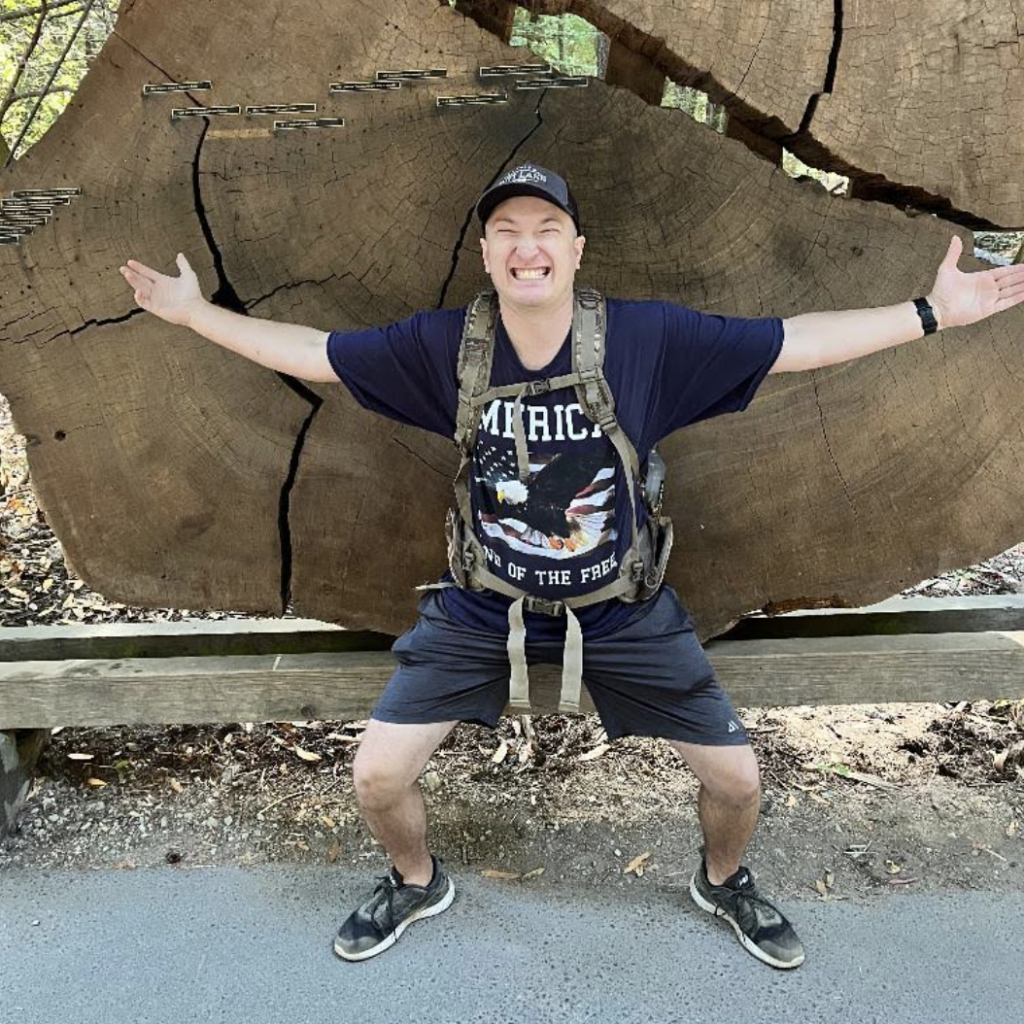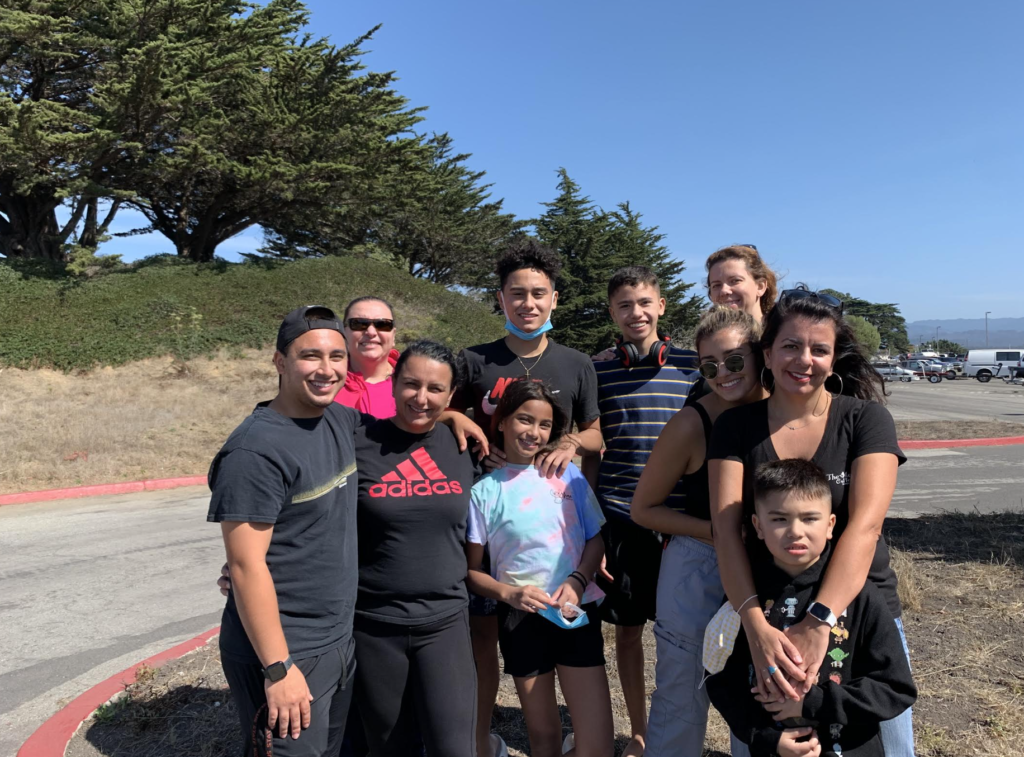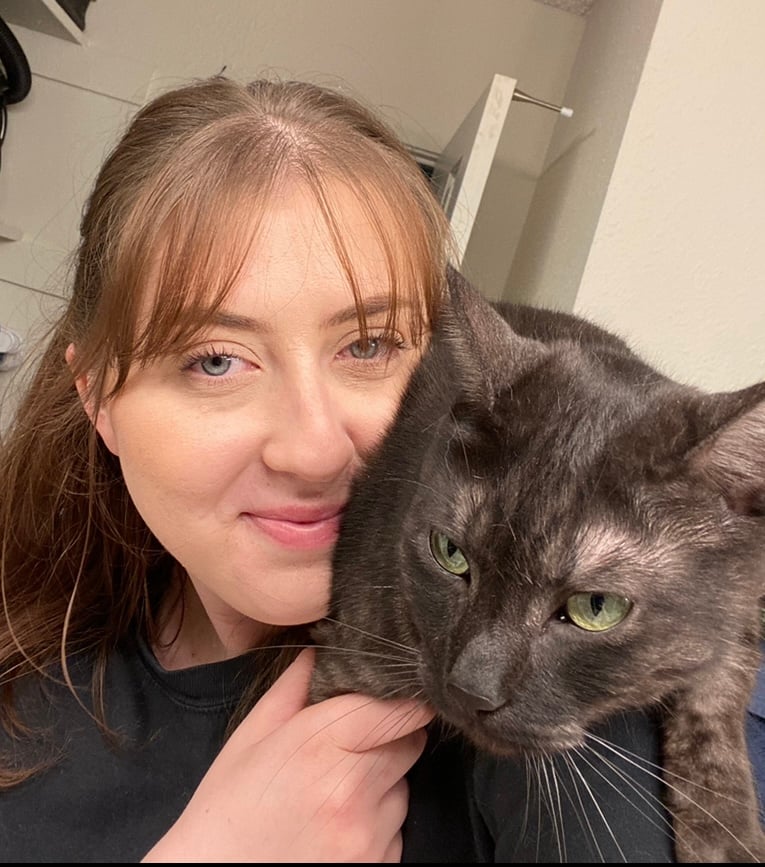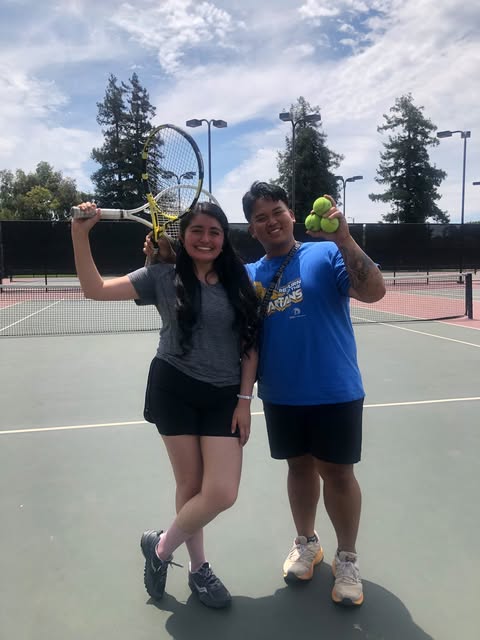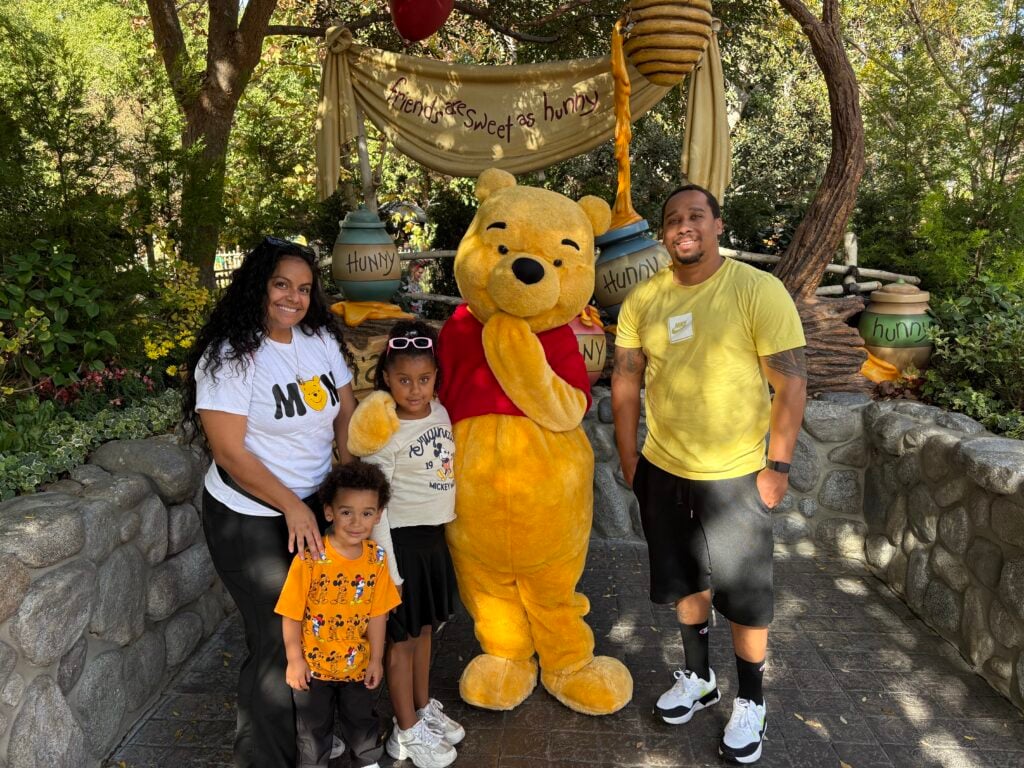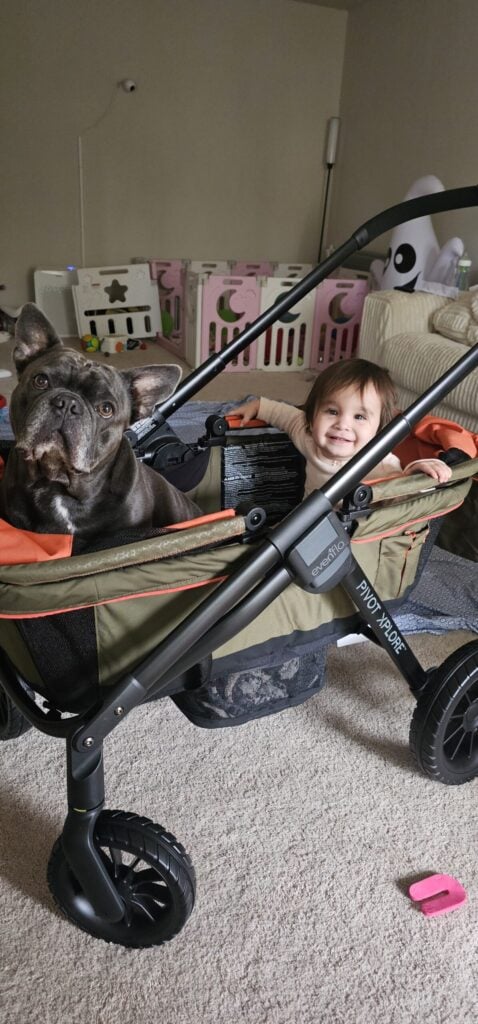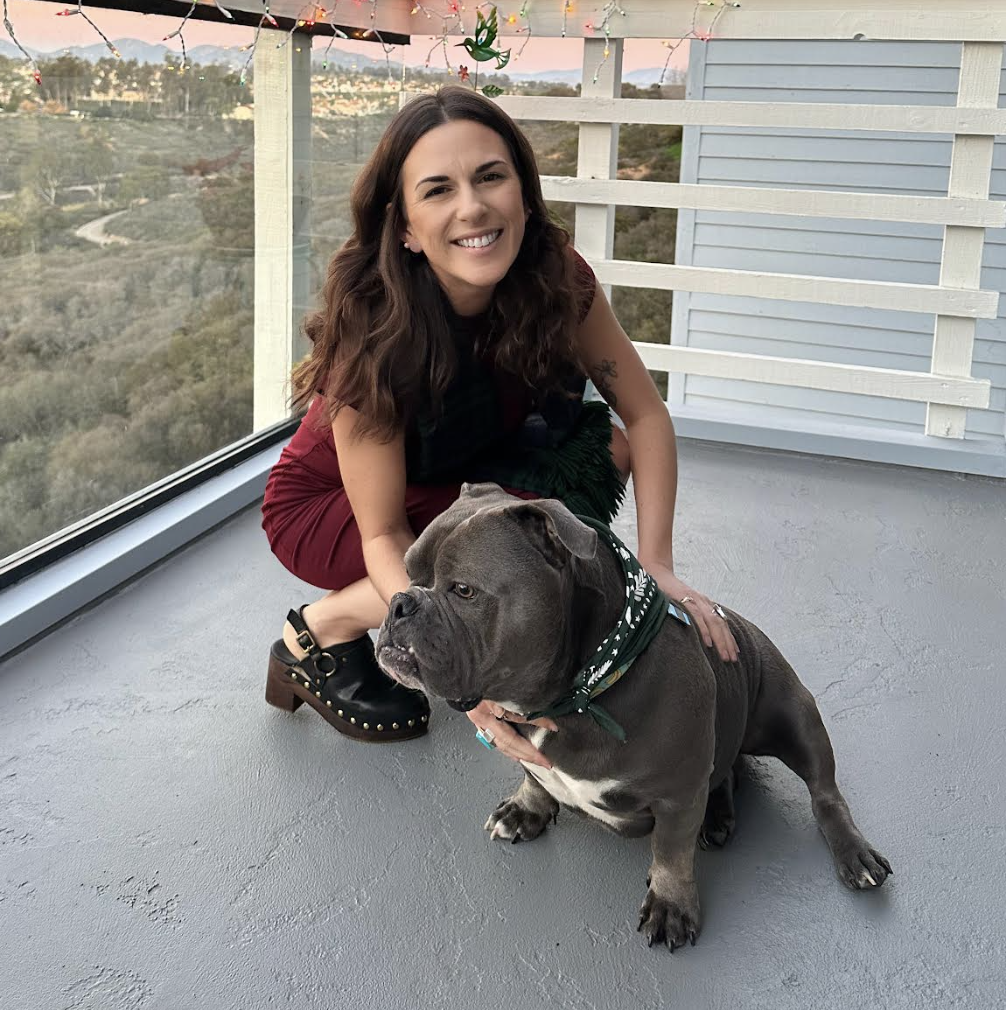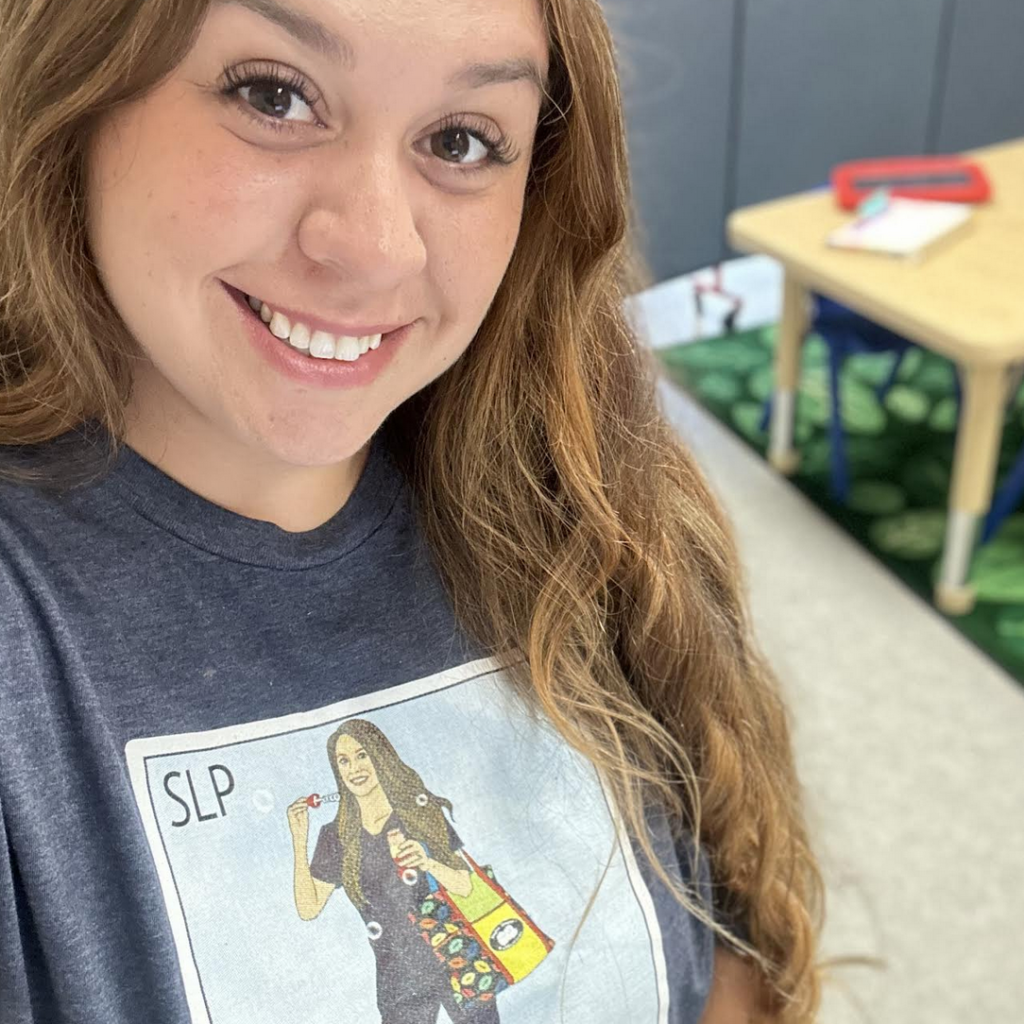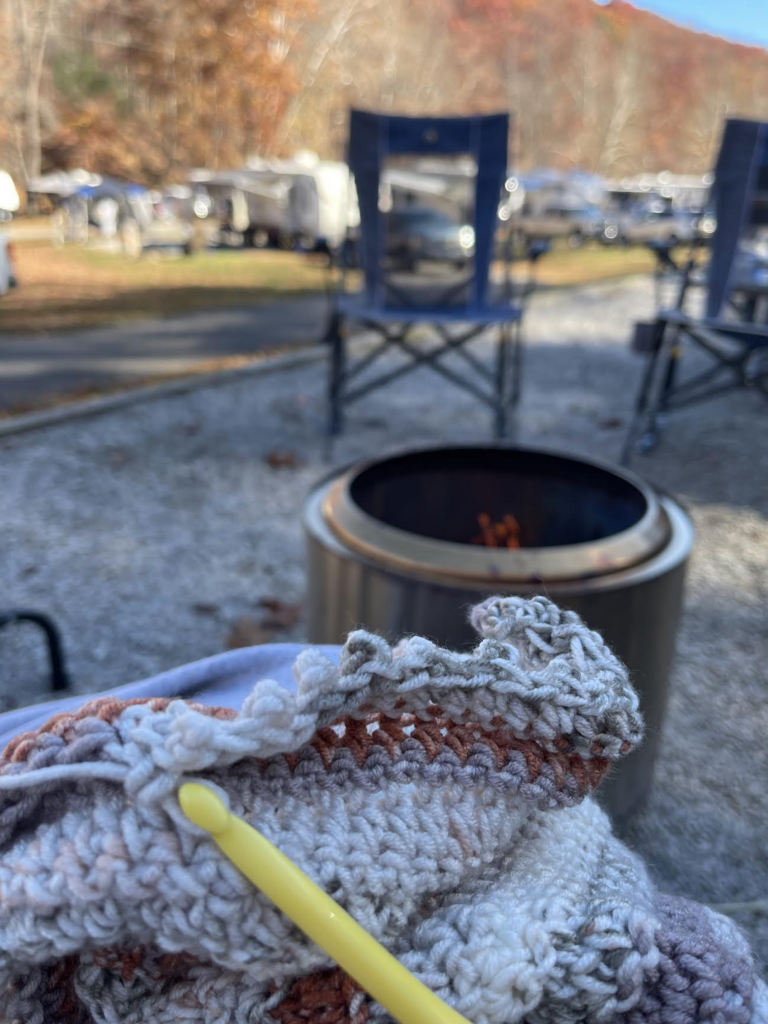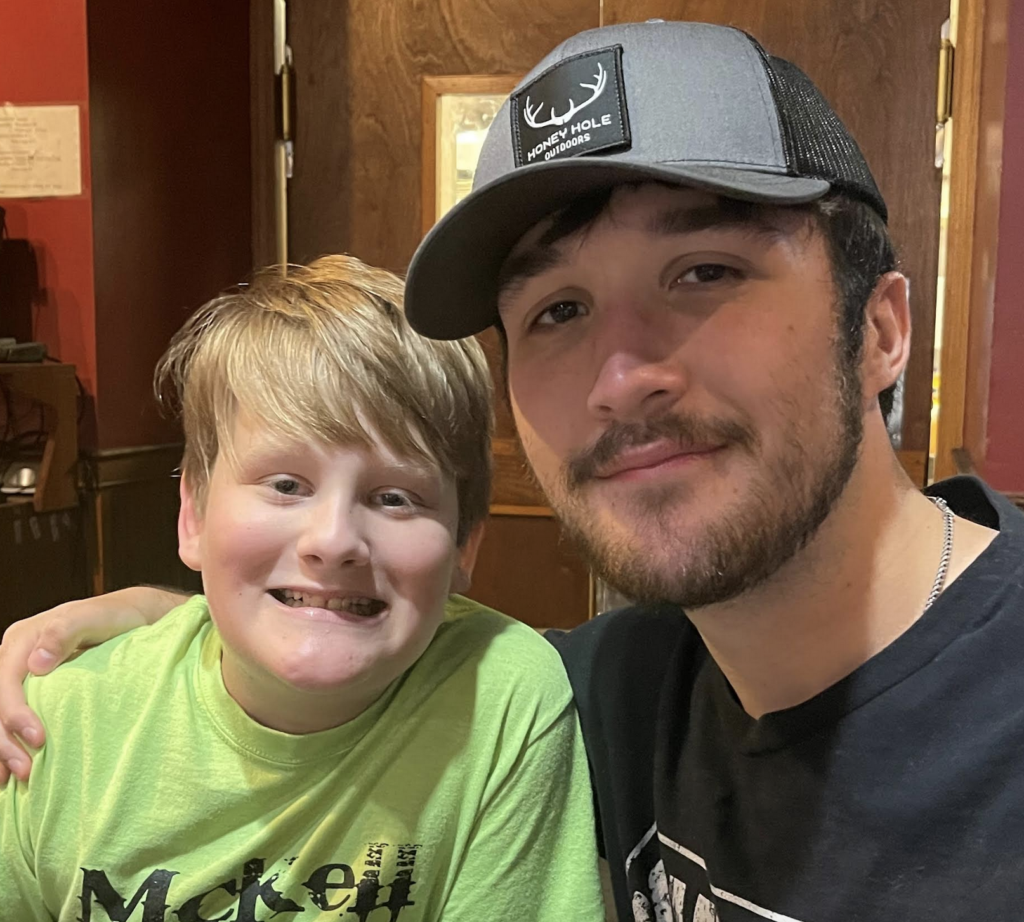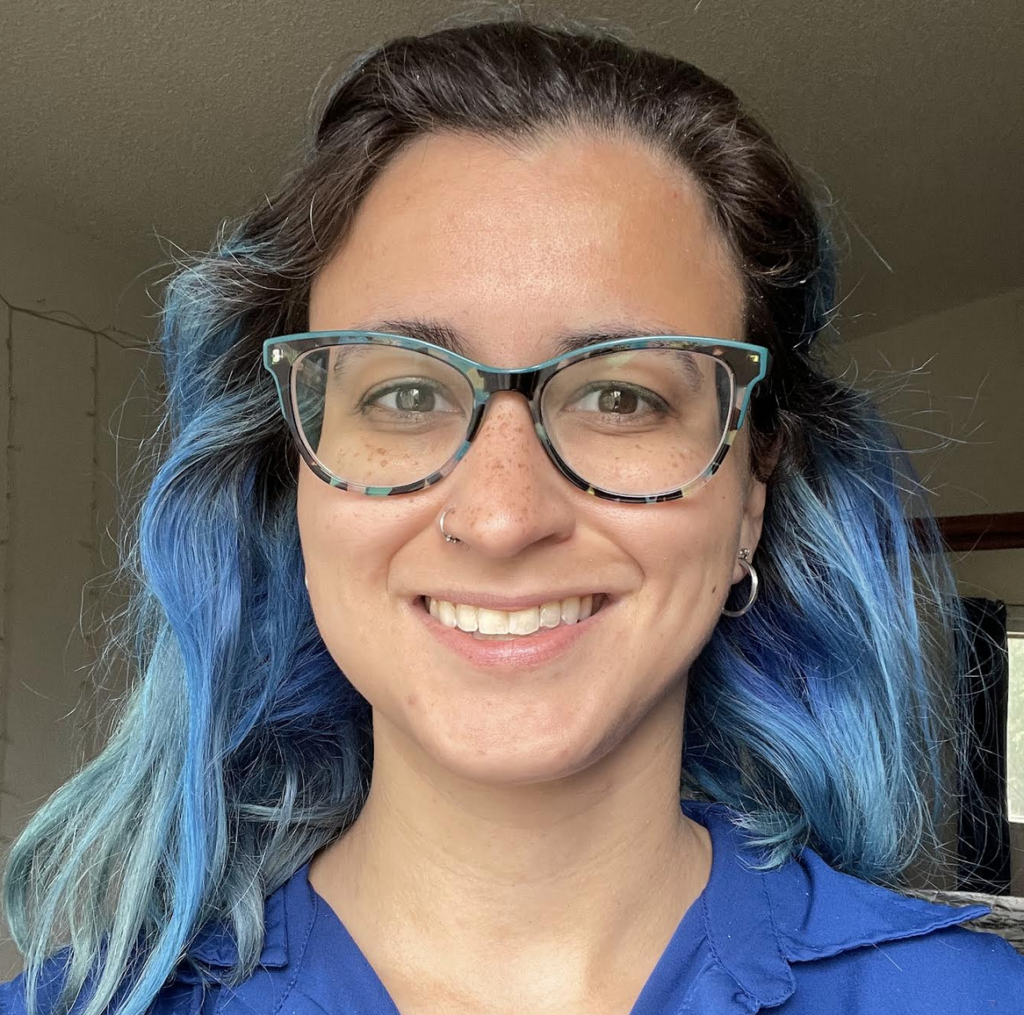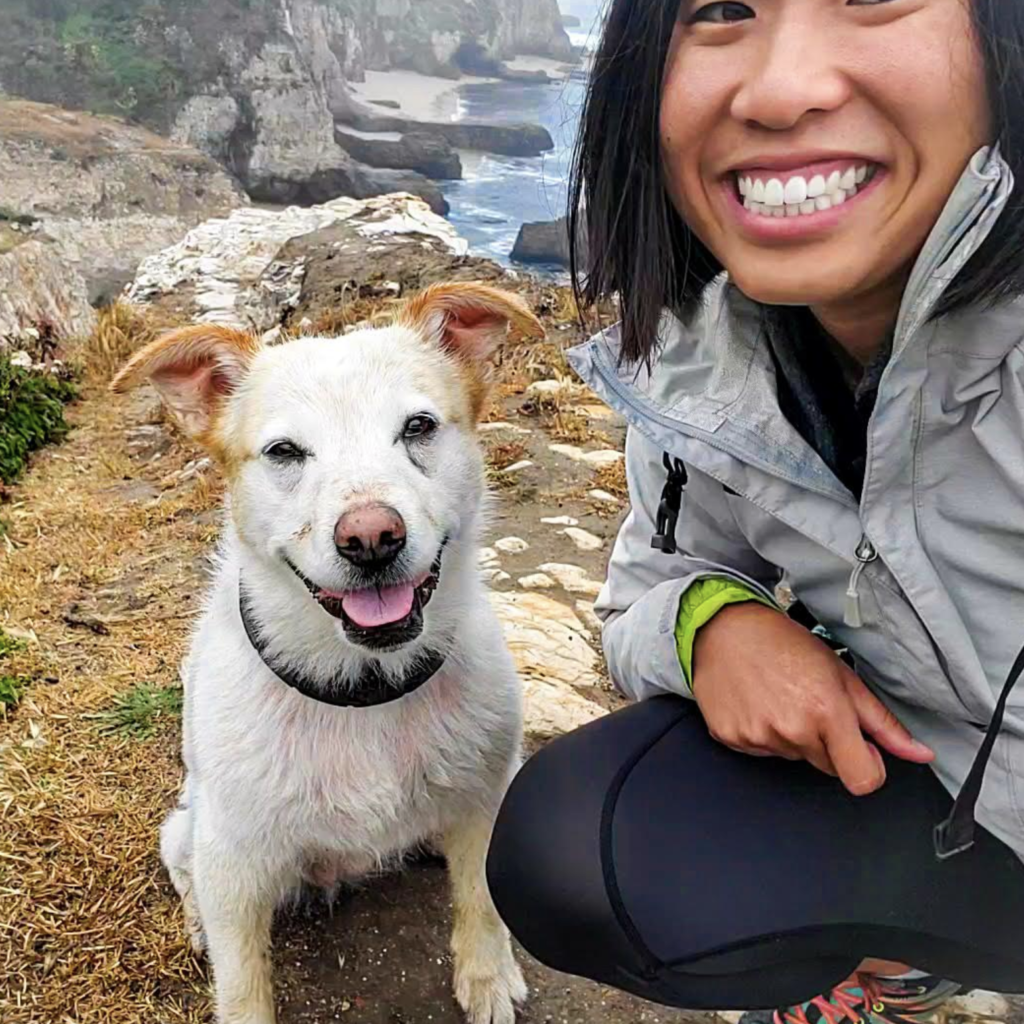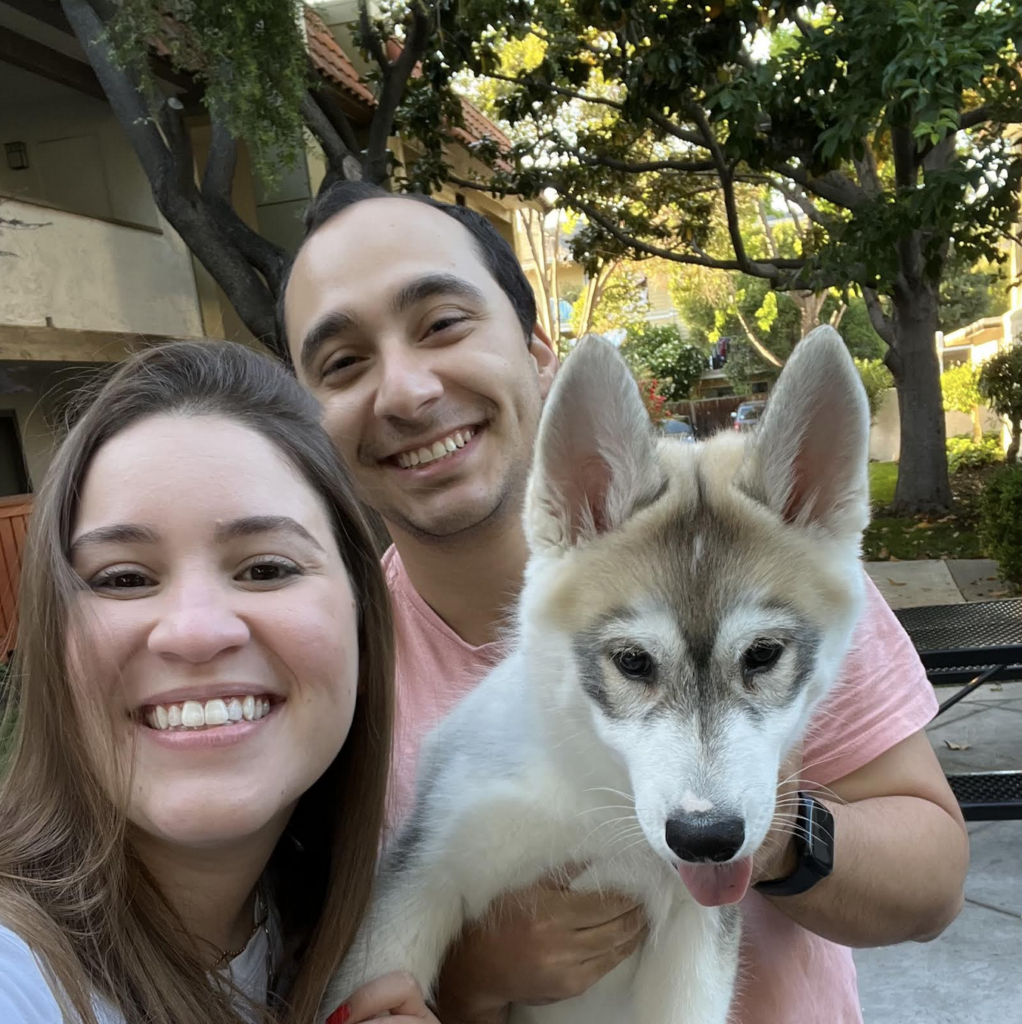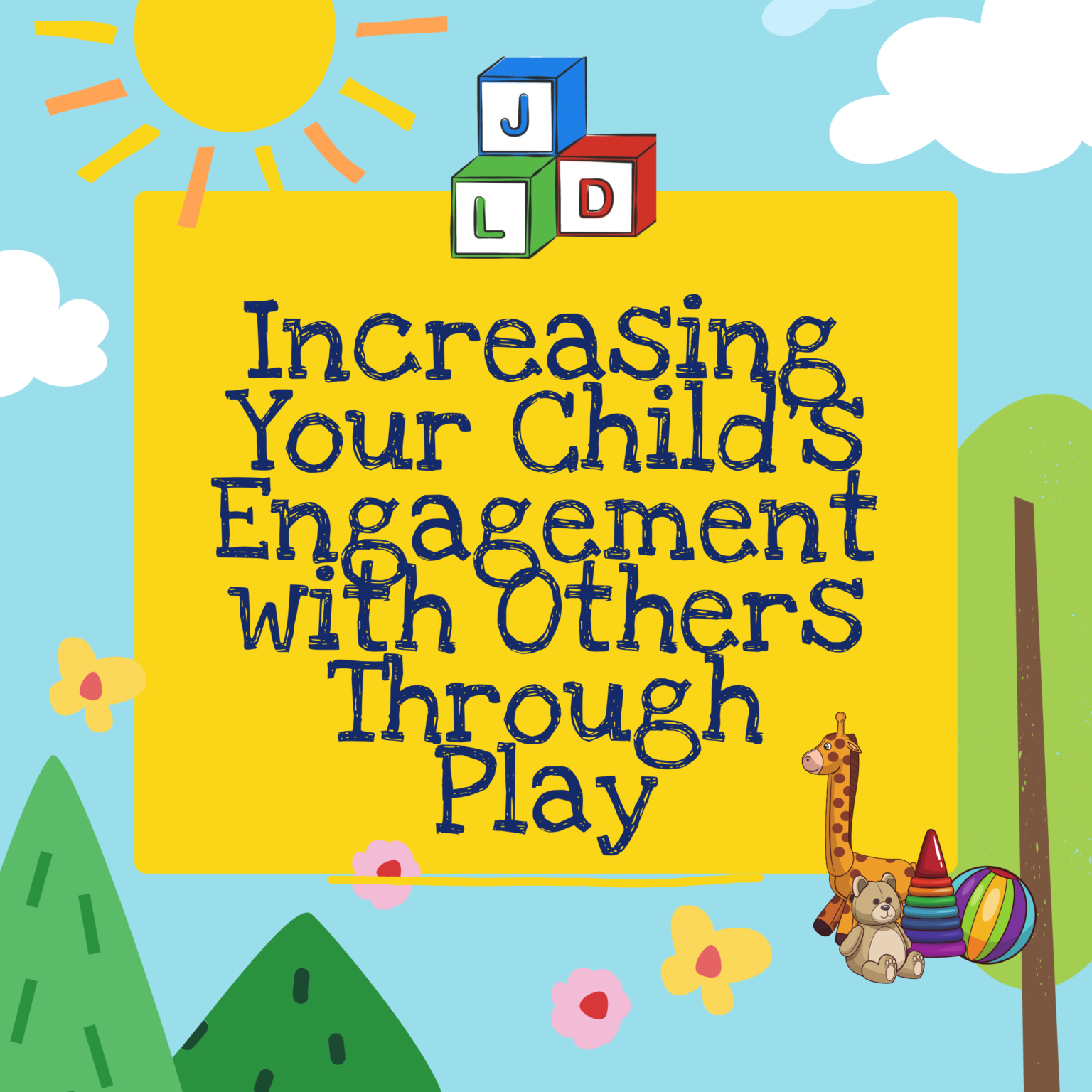
Do you have concerns about your child’s ability to take turns in play with you and others? Does your child tend to prefer to play alone without engaging with others? If you can relate to these concerns, you are not alone. Often parents’ primary concern when initiating speech or occupational therapy is the child’s reduced or inconsistent interactions with others.
Parents can help their child increase their engagement with others by using certain strategies in play.
Why work on social interactions in play?
Children learn best when they are motivated to participate in the activity. They need to be paying attention in order to learn a new skill. Children are more likely to attend and want to participate when a social skill is worked on in play rather than in repetitive drill. Also, children make friends through play. Working on your child’s social skills in play will help your child generalize these skills to engage with peers.
Do parents have the ability to improve their children’s social interaction skills?
Yes! Parents know their children best and interact with their children daily. When parents are taught social learning strategies and use these strategies regularly with their children, children improve their engagement and communication with others. You can improve your child’s social skills by using the following strategies in play with your child:
1.Face your child. Situating yourself face-to-face with your child will help him or her notice your actions and words in play.
2. Incorporate your child’s interests in play. What does your child like to play with? Observe your child during play and set-up a play situation with the activities he or she likes to play with. Even if your child’s play interests are unusual (e.g. opening and closing boxes repeatedly), start by playing this activity with your child.
3. Imitate your child’s play actions. Copying your child’s play actions will motivate your child to pay attention to your actions and words in play. Let’s say that your child is squishing playdough in his hands. Grab your own piece of playdough and squish it in your hands immediately after your child does so. You can add a fun word or sound to the action like “Squish!” as you do so. If your child can’t tolerate you playing with one of his toys, instead copy your child’s play action without having an actual toy. Your child may imitate you after you copy his play action. Keep imitating your child’s play action immediately after he does the action. This copycat game will likely increase your child’s attention towards you and may facilitate a back-and-forth interaction between you and your child.
4. Engage your child in games without toys. Games such as peekaboo, chase, dance-dance-and-freeze games, and tickle games involve playing with your child without toys. These types of games facilitate interactions between you and your child without the potential distraction of toys. For example, try playing peekaboo or hide-and-seek by hiding your child behind a pillow on the couch. Put the pillow in front of your child’s face and slowly move it out of the way so that your child can see you again. Then, playfully say, “I found you” or “Boo!” Repeat this a couple times. Observe your child’s response. Does he giggle when you move the pillow to “find” him? Does he smile at you or reach for the pillow to show that he wants to play the game again? You can add in your own turn by hiding yourself behind the pillow and then slowly moving the pillow away from your face to reveal yourself. In this way, you are showing your child how to take turns in a simple hide-and-seek game. These types of games, which cannot be played alone, facilitate children engaging with others in play.
Are you interested in learning more strategies to facilitate your child’s interactions with others in play?
We offer the More than Words Program, click here, the Hanen Program for Children with autism spectrum disorder and other social communication difficulties. This program provides parents with strategies to improve their children’s back-and-forth interactions and play skills in the context of the family’s daily routines and naturalistic play that interests the child.
References:
- Sussman, F. (2012). More than words. Hanen Centre.
- 2. The Hanen Centre. (2016). What Does the Research Say about More Than Words® – The Hanen Program® for Parents of Children with Autism Spectrum Disorder? Research Summary for Parents – More Than Words. http://www.hanen.org/Helpful-Info/Research/More-Than-Words-Parent-Research.aspx.

